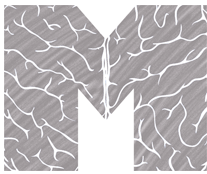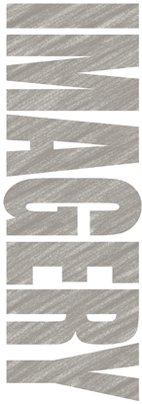
Human Skeleton
The human skeleton has two major components: the axial skeleton and the appendicular skeleton. The axial skeleton creates the upright stature of the human body, transmitting weight to the other regions of the body. It includes the vertebral column, the rib cage and sternum, and the skull. The appendicular skeleton includes the pelvis, the arms, and the legs. Its function is to protect the organs and to support movement of the body.
The bones perform another function aside from the support and protection of bodily components. Bone marrow is a site of hematopoiesis. Bones are mostly made up of chondroitin sulfate and hydroxyapatite. But they also store calcium and iron, which serve as a reserve to fulfill the body's needs of these minerals. Finally, bones store osteocalcin, which is a regulatory hormone of blood sugar and fat levels.
Interesting facts:
- We all know that the human skeleton has 206 bones, but we're actually born with 270.
- The femur is the strongest bone in the human body.
- Humans and giraffes have the same number of bones in their necks.
© 2000 Columbia Healthcare EHC, illustrated by Laura Maaske - Medimagery LLC.
(click the plus in the upper right corner to return to the illustration)









